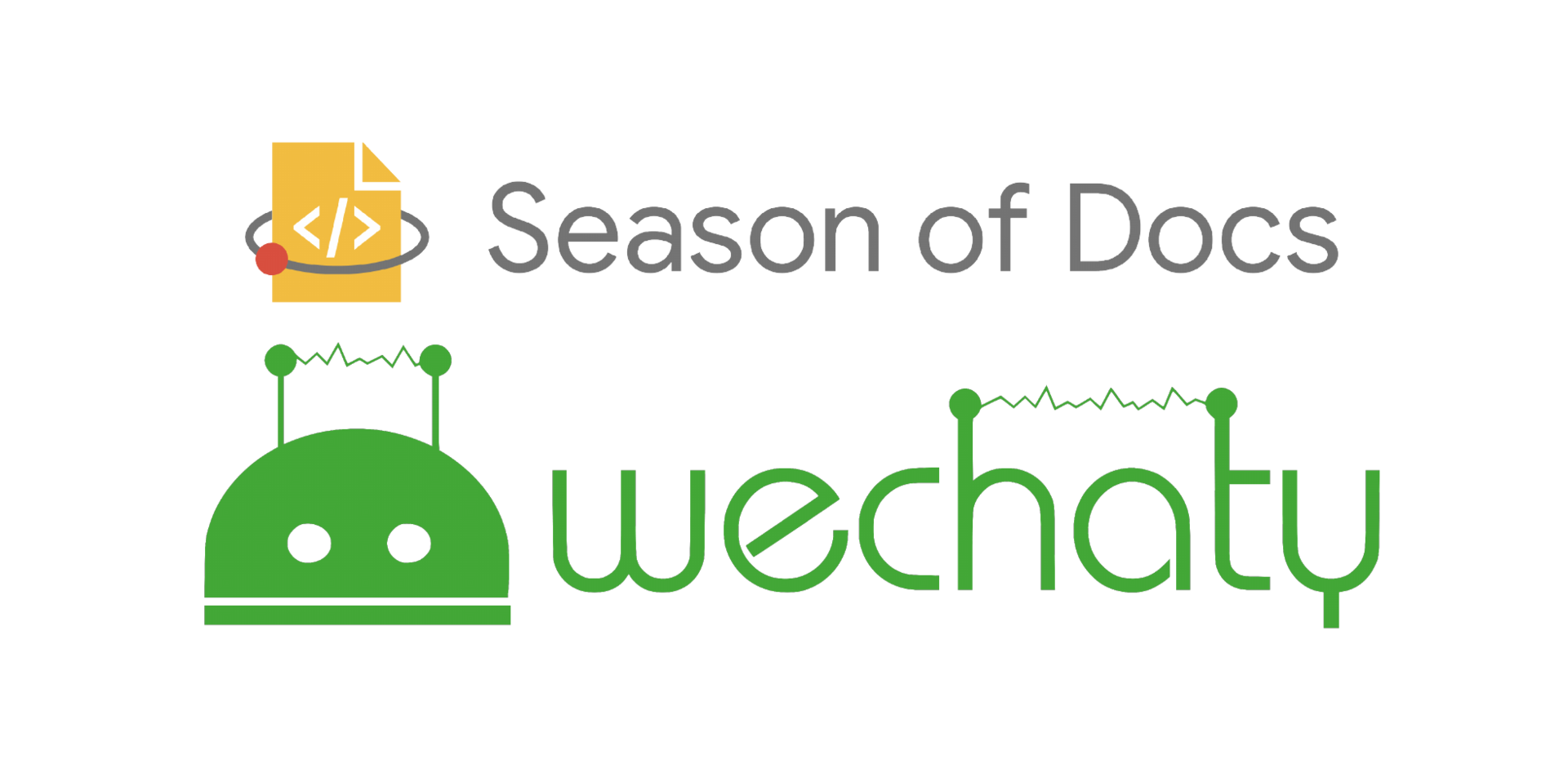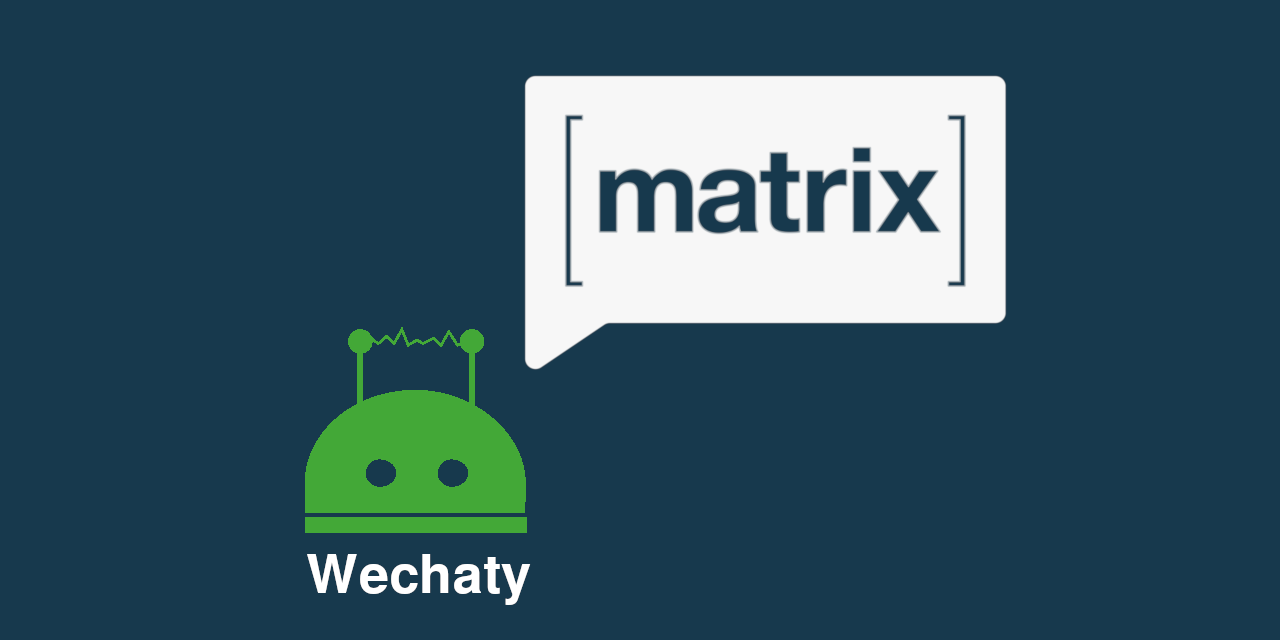This is the End-term Blog for Wechaty How-to-guide documentation for which we are working as a part of Google Season of Docs 2021. It is much more than a summer internship program, it is a year-round effort for the organization and some community members.
Team members
Abhishek Jaiswal
Myself Abhishek Jaiswal,a CSE sophomore UG student currently pursuing my B.Tech from IIIT Bhubaneswar. It’s now been more than year, I started writing technical blogs,tutorials,documentation and reviews.I have published many technical with medium and Analytics Vidhya, Devtutorials and Hashnode. I want to learn, build, grow my network, and want to transform open innovation projects into powerful real-world services.
Email: abhishek.iiitbbsr@gmail.com</br> Github Handle: https://github.com/abhishek-iiit</br> Medium: https://abhishek-iiit.medium.com/</br> Hashnode: https://abhishek-iiit.hashnode.dev/
Vasvi Sood
I am a sophomore at NIT, Hamirpur. I am a Tech enthusiast and a story writer. For me combining technology with my writing skills is a natural match. I am passionate about blockchain technology. I am also into competitive programming these days.
Email: contactvasvisood@gmail.com</br> Github Handle: https://github.com/vasvi-sood</br> Medium: https://vasvisood1.medium.com/
Abstract
How to Guide is important because it guides us through the steps involved in addressing key problems and use-cases. They are more advanced than tutorials and assume knowledge of how the product works. On an average 45 - 50% of developers refer to How to guide. It contains instructions on how to use the program, its features and other inbuilt applications as well.
Proposed Timeline
The detailed structure for the timeline can be found How-to-guide Team Proposal. Below are the some of the highlights:
Week 1
- Concentrate on community bonding.
- Chalk out a blueprint.
- Add a README file to GitHub.
Week 2
- Add about Bot: Adding brief introduction to the bot and its various use cases and functionalities with images.
Week 3
- Add Events to your bot: Define what an event is. Provide code snippets along with a brief paragraph about when to use an event. Include code snippets and examples.
Week 4
- Add more functionality to your bot:
- Dealing with messages.
- Manage Contacts.
Week 5
- Add more functionality to your bot:
- Manage Rooms.
- Send and Accept Friend Requests.
Week 6
- Add more functionality to your bot:
- Sending and Receiving files.
Week 7
- Deploy with containers:
- Deploy with Heroku.
- Deploy with Docker.
Week 8
- Deploy on IM platform:
- Deploy in WeChat.
- Deploy in WhatsApp.
Week 9
- Deploy on IM platform:
- Deploy in Lark.
- Deploy in Gitter.
Week 10
- Deploy on IM platform:
- Deploy in WeChat4U.
- Deploy in PadLocal.
- Deploy in Official Account.
Week 11
- Proofreading the existing tutorials.
- Fixing typos and making minor changes to the documentation, if required.
- Work on improving the existing topics if required.
Week 12
- Request the mentor feedback
- Work on improvements suggested by the mentor.
- Submit a project report for evaluation to the mentors
Proposal End-term Video Presentation
Work Done
We kick-off with the community bonding and getting familiar with the project. Also, if someone want’s to contribute we had a README file to help future contributors understand how to contribute to the How-to-guide page. We then restructured the How-to-guide section, and added various sub-sections. Some of them are:
- Adding Events and customising the bot with providing code snippet for better understanding and its purpose
- Install wechaty and run the most famous messaging app through it
- Step by step guide to get familiar with deals with messages
- Introduction to managing contacts and its use cases
- Step by Step guide to get familiar with manage contacts
- Step by Step guide to get familiar with send and accept friend requests
- Introduction to sending and receiving files and its use cases
- Detailed deployment with Docker and Heroku
- Guide to deploy the bot in WeChat, WhatsApp, Lark, Gitter, WeChat4U, PadLocal, and Official Account.
Contributions
- #947 How to guide overview
- #958 Customize bot
- #962 Added running locally instructions on the main readme file
- #964 Manage Contact
- #980 Dealing with messages
- #981 Friend request
- #1011 Creating a Room
- #1022 Send and receive files
- #1028 Deployment with Docker
- #1040 Deploying with Heroku
- #1098 Deploy in WeChat
- #1101 Deploy in Lark
- #1106 Whatsapp section
- #1136 Deploy in WeChat official account
- #1139 Left Nav bar
- #1140 Deploy in Padlocal
- #1141 Deploy in wechat4u
- #1154 Gitter section
Lesson learned
Working with Wechaty under Google Season of Docs has been an amazing and rewarding experience. It has provided me a chance for learning and self improvement. Here are some of the lessons we have learnt:
-
Became more familiar with Git, Github and open source culture and software development in general. Also learnt several md, mdx commands and their best practices.
-
Routine code submission, discussion and review by mentors helped to complete the task in short time and in directed manner.
-
We learned a great deal about working with the Docusaurus documentation system.
-
The most out of it, we learned how to work as a team, made lifelong new connections and know the value of time management during this period.
Acknowledgment
Our experience in working on this GSoD’21 project with Wechaty was simply awesome. It was one of the best experiences we’ve ever had. Not only did I get a chance of contributing to such a big real-world project, but also I got to learn a lot throughout the program. We are extremely grateful to our mentors Rohitesh and Simin for helping us out at various stages throughout this summer. Special thanks to Huan and Rui, for facilitating the Summer Program. Sincere gratitude to Google for offering me this great opportunity.

 如何使用python-wechaty来搭建一个自动转发消息的微信机器人
如何使用python-wechaty来搭建一个自动转发消息的微信机器人